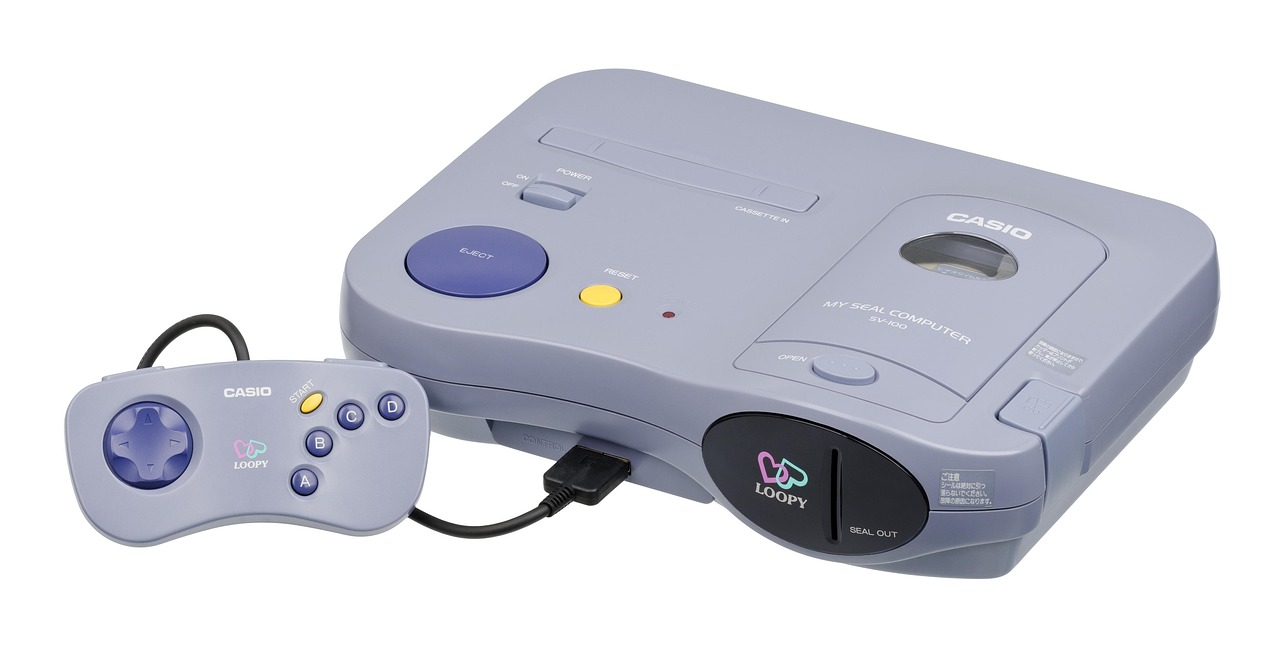Embarking on a low sodium diet can feel daunting, but it doesn’t have to be a culinary sacrifice. It’s a journey towards better health, and with the right knowledge and techniques, you can create flavorful, satisfying meals that are also good for your heart. This guide will walk you through the essentials of low sodium cooking, offering practical tips and advice to help you reduce your sodium intake without compromising on taste.
Understanding Sodium and Its Impact
Why is Sodium Important (And When is it Too Much)?
Sodium is an essential mineral that plays a vital role in maintaining fluid balance, nerve function, and muscle contractions. However, most people consume far more sodium than they need. The American Heart Association recommends no more than 2,300 milligrams (mg) of sodium per day for most adults, and ideally, less than 1,500 mg per day for those with high blood pressure.
- Recommended Daily Intake: Less than 2,300 mg (ideally less than 1,500 mg)
- Average US Intake: Over 3,400 mg
Excessive sodium intake can lead to various health issues, including:
- High blood pressure (hypertension)
- Increased risk of heart disease and stroke
- Fluid retention and swelling (edema)
- Kidney problems
Identifying Hidden Sources of Sodium
One of the biggest challenges in reducing sodium intake is identifying hidden sources in everyday foods. It’s not just about avoiding the salt shaker; processed foods are often packed with sodium for preservation and flavor.
Common culprits include:
- Processed Foods: Canned soups, frozen meals, packaged snacks (chips, pretzels, crackers)
- Fast Food: Burgers, fries, pizza
- Condiments: Soy sauce, ketchup, salad dressings
- Processed Meats: Bacon, sausage, deli meats
- Bread and Rolls: Even seemingly healthy breads can contain significant sodium.
Actionable Takeaway: Read nutrition labels carefully and compare different brands to choose the lowest sodium option. Look for “low sodium,” “reduced sodium,” or “no salt added” labels.
Mastering Low Sodium Cooking Techniques
Flavor Boosting Without Salt
The key to successful low sodium cooking is to enhance flavors using alternatives to salt. This is where creativity in the kitchen comes into play.
- Herbs and Spices: Experiment with fresh and dried herbs like basil, oregano, thyme, rosemary, and cilantro. Spices such as garlic powder, onion powder, paprika, cumin, and chili powder can add depth and warmth.
- Acids: A squeeze of lemon or lime juice, a splash of vinegar (balsamic, apple cider, red wine), or a dash of hot sauce can brighten dishes and provide a tangy counterpoint.
- Aromatics: Sautéing onions, garlic, and ginger in olive oil adds a foundational layer of flavor to many dishes.
- Umami-Rich Ingredients: Mushrooms (especially dried shiitake), roasted tomatoes, nutritional yeast, and seaweed flakes can contribute a savory, satisfying flavor (umami).
Example: Instead of adding salt to pasta sauce, try adding a generous amount of fresh basil, oregano, garlic, and a pinch of red pepper flakes. A splash of balsamic vinegar at the end will enhance the flavors even further.
Smart Shopping for Low Sodium Ingredients
Making informed choices at the grocery store is crucial for maintaining a low sodium diet.
- Fresh Produce: Opt for fresh fruits and vegetables, which are naturally low in sodium.
- Unprocessed Meats: Choose fresh, unprocessed meats like chicken breast, fish fillets, and lean cuts of beef. Avoid processed meats like bacon, sausage, and deli meats.
- Whole Grains: Select whole grains like brown rice, quinoa, and whole wheat pasta. Check labels for sodium content.
- Canned Goods: If using canned goods, choose “no salt added” or “low sodium” varieties. Rinse beans and vegetables thoroughly to remove excess sodium.
- Homemade is Best: When possible, make your own soups, sauces, and dressings to control the sodium content.
Actionable Takeaway: Commit to reading nutrition labels before purchasing any packaged food. Prioritize fresh, whole ingredients over processed options.
Low Sodium Recipes to Get You Started
Breakfast Ideas
- Oatmeal with Fresh Fruit and Nuts: Use unsalted rolled oats, add fresh berries, sliced bananas, and a sprinkle of unsalted nuts. Flavor with cinnamon or nutmeg.
- Scrambled Eggs with Vegetables: Sauté diced bell peppers, onions, and mushrooms in olive oil. Add beaten eggs and cook until set. Season with black pepper and herbs.
- Whole Wheat Toast with Avocado: Top whole wheat toast with mashed avocado, a squeeze of lemon juice, and a sprinkle of red pepper flakes.
Lunch & Dinner Delights
- Grilled Chicken Salad with Lemon Vinaigrette: Grill or bake chicken breast without salt. Serve over a bed of mixed greens with fresh vegetables (cucumbers, tomatoes, carrots). Dress with a homemade lemon vinaigrette (lemon juice, olive oil, garlic, herbs).
- Lentil Soup: Sauté onions, carrots, and celery in olive oil. Add lentils, vegetable broth (low sodium), diced tomatoes, and herbs (thyme, bay leaf). Simmer until lentils are tender.
- Baked Salmon with Roasted Vegetables: Bake salmon fillets with a drizzle of olive oil, lemon slices, and herbs. Roast vegetables like broccoli, Brussels sprouts, and sweet potatoes with olive oil, garlic powder, and black pepper.
- Turkey Chili: Combine ground turkey, diced tomatoes (no salt added), kidney beans (rinsed), chili powder, cumin, onion, and garlic. Simmer until flavors meld.
Snack Strategies
- Fresh Fruits and Vegetables: Apples, bananas, berries, carrots, celery sticks.
- Unsalted Nuts and Seeds: Almonds, walnuts, sunflower seeds.
- Plain Yogurt with Berries: Choose plain, unsweetened yogurt and add fresh berries for sweetness and flavor.
- Homemade Popcorn: Air-pop popcorn and season with nutritional yeast and spices.
Actionable Takeaway: Start with one or two low sodium recipes per week and gradually incorporate more into your diet. Meal prepping on the weekends can make it easier to stick to your goals.
Overcoming Common Challenges
Dining Out and Social Events
Navigating social situations while following a low sodium diet can be challenging, but it’s possible to make informed choices and enjoy meals with friends and family.
- Plan Ahead: Check the restaurant’s menu online to see if they offer low sodium options or if you can request modifications.
- Ask Questions: Don’t hesitate to ask your server about sodium content or if dishes can be prepared without added salt.
- Choose Wisely: Opt for grilled or baked dishes over fried or processed foods. Select salads with dressing on the side.
- Control Portions: Be mindful of portion sizes, as larger portions often contain more sodium.
- Bring Your Own: If attending a potluck or social gathering, consider bringing a low sodium dish to share.
Adjusting to the Taste
It may take some time for your taste buds to adjust to a lower sodium diet. Be patient and persistent, and experiment with different flavor combinations to find what you enjoy.
- Gradual Reduction: Gradually reduce your sodium intake over time to allow your taste buds to adapt.
- Enhance Flavors: Use herbs, spices, acids, and aromatics to boost the flavor of your dishes.
- Be Creative: Don’t be afraid to experiment with new recipes and flavor combinations.
Actionable Takeaway: It’s a journey, not a race. The first few weeks are usually the hardest. Don’t give up, and you’ll find that your taste buds adapt quickly.
Conclusion
Reducing sodium intake is a beneficial step towards improving your overall health and well-being. By understanding the impact of sodium, mastering low sodium cooking techniques, and making informed choices at the grocery store and when dining out, you can successfully lower your sodium intake without sacrificing flavor or enjoyment. Remember to be patient, experiment with different flavors, and focus on the long-term benefits of a healthier diet. You can create delicious, satisfying meals that support your health goals and keep your heart happy.



